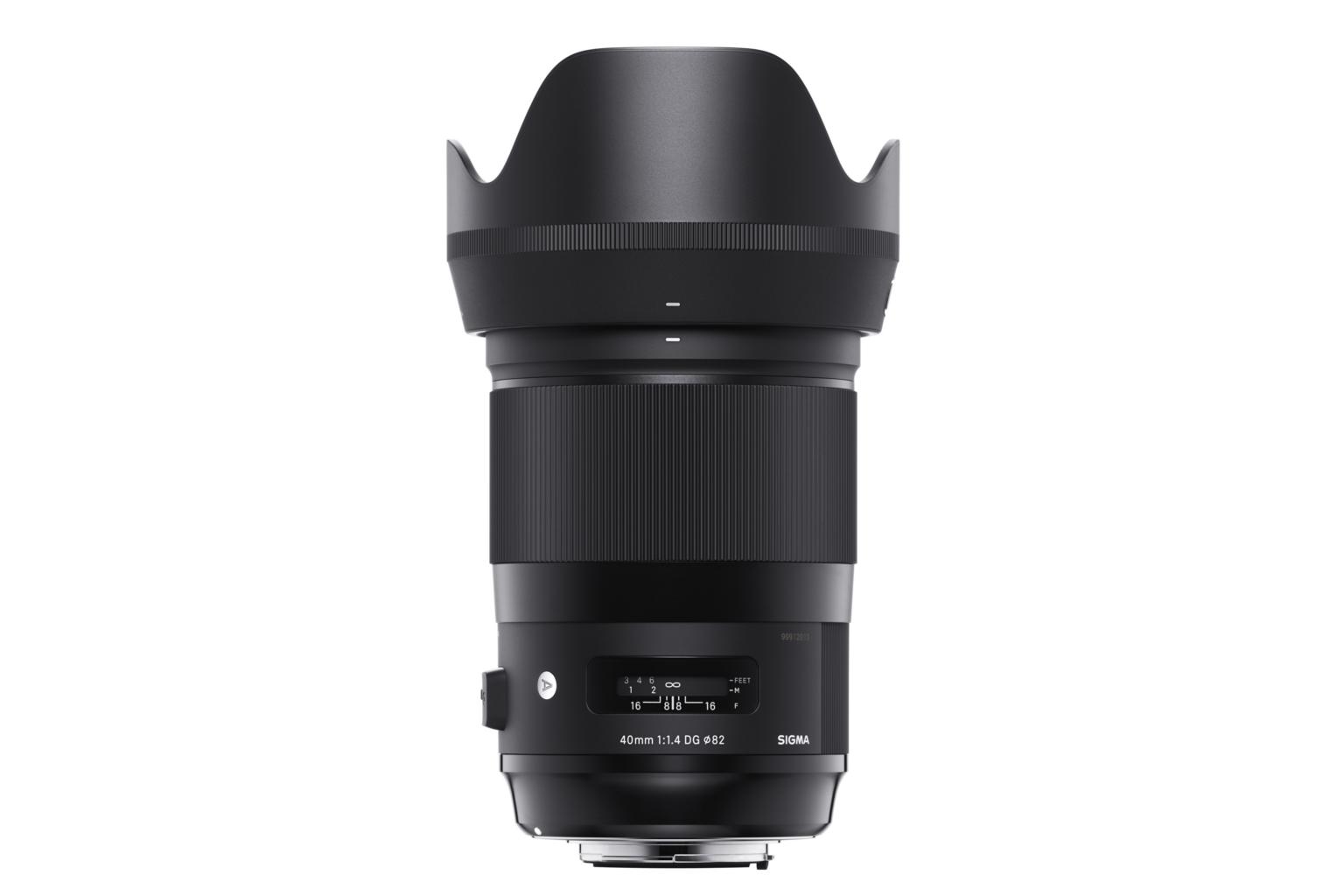Tech review: Sigma 40mm f/1.4 DG HSM Art an amazing lens
Sign up now: Get ST's newsletters delivered to your inbox

The lens structure of the 40mm f/1.4 DG HSM Art is said to be resistant to dust and water splashes.
PHOTO: SIGMA PHOTO
Trevor Tan
Follow topic:
Japanese lens maker Sigma has released several fast prime lenses recently. One of them is the 40mm f/1.4 DG HSM Art, available for Sigma, Sony E-mount, Nikon F-mount and Canon EF-mount (version tested) interchangeable lens cameras.
Given that Sigma's stable already include the 35mm f/1.4 DG HSM Art and 50mm f/1.4 DG HSM Art, you might wonder why there was a need to release a 40mm lens.
Apparently, the 40mm focal length is popular with many filmmakers including Quentin Tarantino, Francis Ford Coppola and Wes Anderson. Sigma released this lens to cater to their needs.
The lens has 16 glass elements - including three F Low Dispersion and three Specal Low Dispersion glass elements - arranged in 12 groups. This design is said to help minimise chromatic aberration, flare and ghosting, as well as reduce distortions to less than 1 percent.
Users can also expect the bokeh, or out-of-focus areas, to be beautiful due to the use of nine aperture blades in a rounded diaphragm design.
The lens structure is said to be resistant to dust and water splashes. Plus, there is a water- and oil-repellent coating on the front lens element for shooting in challenging conditions.
When I first held the lens, I was struck by how big and heavy it is. It is bigger than most wide-angle zoom lenses and weighs a whopping 1.2kg. For comparison, my personal eight-year-old Canon EOS 7D weighs 860g without lens attached.
TECH SPECS
PRICE: $1,788 (Canon-mount, version tested; Nikon-mount; Sigma-mount, Sony E-mount)
MAXIMUM APERTURE: f/1.4
MINIMUM APERTURE: f/16
MINIMUM FOCUSING DISTANCE: 40cm
WEIGHT: 1.2kg
RATING
DESIGN: 4/5
PERFORMANCE: 5/5
VALUE FOR MONEY: 4.5/5
OVERALL: 4.5/5
ST Tech Editor's Choice
For this review, I use the Canon EOS 7D to test the lens' autofocusing (AF) speed and Sony's 42.4-megapixel a7R II (using Sigma's MC-11 E-mount converter) to test the len's optical quality with high-resolution still images.
The AF is not exactly fast, but not slow either. It takes less than 1 second to lock in a focus with the 7D in dim lighting conditions. With the a7R II, the lens takes around two seconds to secure a focus in dim lighting conditions, even during video recording. The biggest bugbear though is that I can clearly hear the AF motor working during video recording regardless of the camera I used.
Chromatic aberrations and glares are well controlled throughout the aperture range. And I did not notice any distortion during this review.
Overall, this is one amazing prime lens. In fact, it is easily one of the sharpest lenses I have tested.
Images might be a tad soft when the aperture is set at the maximum f/1.4. But this is to be expected when the aperture is so huge. There is also clear vignetting at f/1.4. But the bokeh looks fantastic.
If you want really sharp images with nice bokeh, shoot at f/2.0 with this lens. It is a nice compromise between sharpness and pleasant bokeh.
Centre sharpness is excellent from f/2.0 to the minimum aperture size. Edge sharpness is visibly softer from f/1.4 to f/2.0, but becomes much sharper at f/2.8 and remains consistent from f/2.8 to f/16.
Vignetting becomes less of an issue when the aperture is stopped down to f/2.8. But there are some who prefer the vignetting effect, so it is down to personal preference.
Verdict: The Sigma 40mm f/1.4 DG HSM Art is easily one of the best prime lenses in the market.

